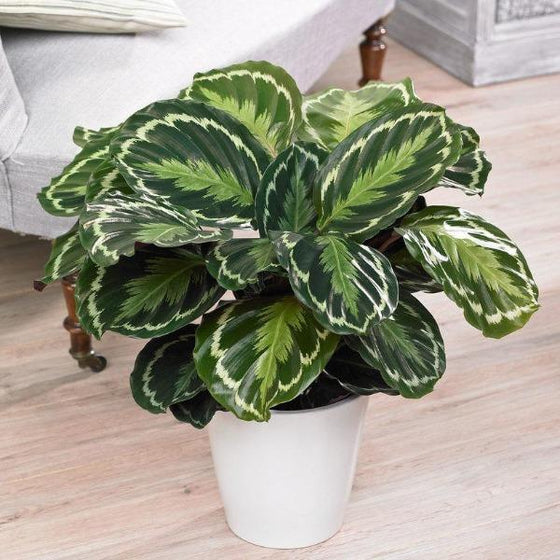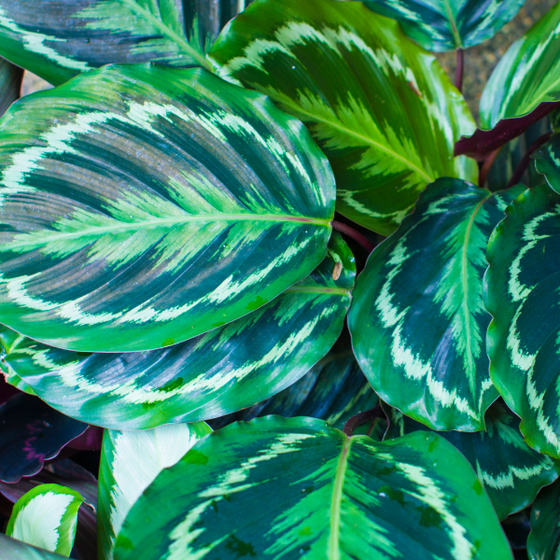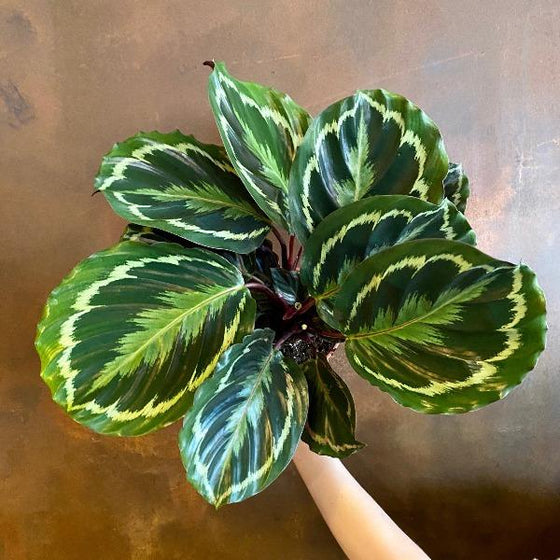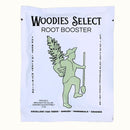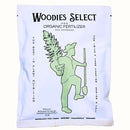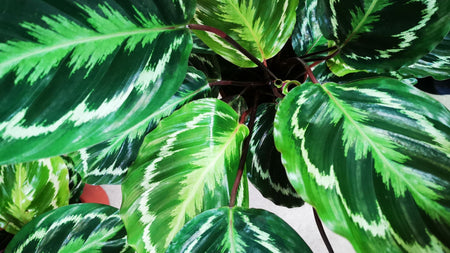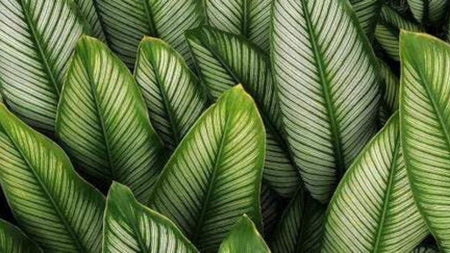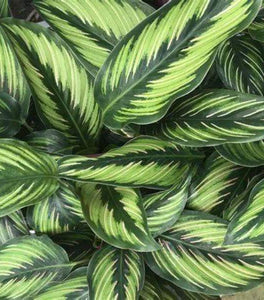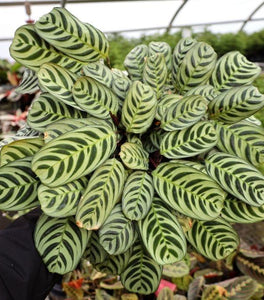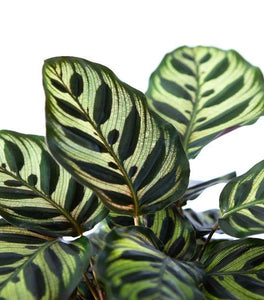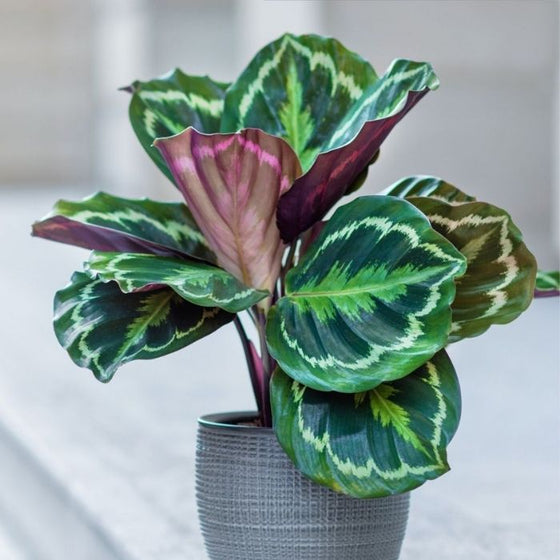
Images Depicted Range in Maturity & Container Size
Pots & Decorations Not Included Unless Otherwise Stated
Calathea Medallion Plants for Sale Online
Calathea Medallion is a popular indoor plant loved for its large show-stopping foliage and unique leaf coloring.
The Calathea Medallion plant has darkly patterned leaves with light green stripes that are more rounded than the other Calatheas. Formerly known botanically as the Calathea Roseopicta, the Medallion has recently been reclassified as 'Veitchiana.' These tropical plants enjoy medium to bright indirect light and high humidity levels for optimal growth.
Additional care tips for these gorgeous trending houseplants include watering the plant when the top inch of the soil has dried and potting in a planter with drainage holes. Calathea plants will also benefit from a well-balanced fertilizer blend in the spring and summer growing seasons.
In general, many types of Calathea have gained a reputation for being high maintenance. However, if you follow a few simple guidelines, your calatheas will grow effortlessly. We recommend avoiding tap water and using distilled water. It's also best to avoid placing your plant near cold drafts and keep the room temperature above 60 degrees Fahrenheit.
Signs that your Calathea may be distressed include yellow leaves and brown edges. If your plant exhibits these symptoms, we recommend checking your plant for pests like spider mites and reevaluating your plant care practices.
Calatheas are a great cultivar to get into if you collect house plants. Their beauty is impossible to ignore and will make you feel like a rockstar plant parent when you conquer its care regimen.
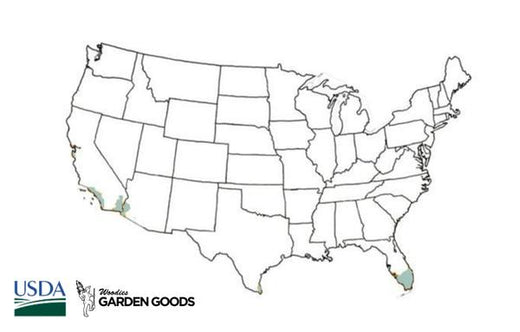
| Hardiness Zone: | 9-11 |
|---|---|
| Mature Height: | 2.5 Feet |
| Mature Width: | 10 to 16 Inches |
| Classification: | Colorful foliage |
| Sunlight: | Fluorescent to bright, indirect |
| Habit: | Wider than it is tall, compact |
| Flower Color: | Rarely flowers |
| Foliage: | Round leaves |
| Soil Condition: | Well draining |
| Water Requirements: | Likes to dry out between watering |
| Uses: | Excellent indoors in offices or low light areas |

